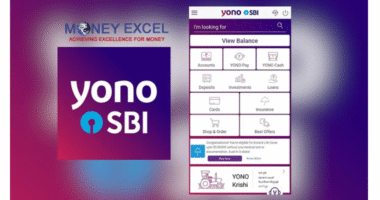As the economic landscape continues to evolve, one of the key indicators that investors and consumers closely monitor is the price of gold. Gold has always been a sought-after commodity for its intrinsic value, making it not only a valuable asset for investors but also a traditional symbol of wealth and prosperity. In India, where gold holds cultural significance and is often used in religious ceremonies and festivals, tracking the current gold price on a city-wise basis is essential for those looking to make informed decisions regarding buying or selling this precious metal.
India, being one of the largest consumers of gold globally, experiences fluctuations in gold prices based on a variety of factors, including international market trends, currency exchange rates, geopolitical events, and domestic demand. The price of gold is primarily determined by global supply and demand dynamics and is denominated in US dollars per ounce. However, in India, the price of gold is quoted in rupees per 10 grams, making it easier for local consumers to relate to the cost of this precious metal.
City-wise gold prices in India can vary due to factors such as transportation costs, local taxes, and demand-supply dynamics specific to each region. Major cities in India such as Mumbai, Delhi, Chennai, Kolkata, and Bangalore serve as crucial hubs for gold trading and jewelry-making, influencing the prevailing gold rates in these areas.
In Mumbai, known as the financial capital of India, the gold price is often influenced by the bustling jewelry markets and the presence of numerous gold dealers and traders. The city’s proximity to the major ports and transportation networks also plays a role in determining the gold rates in Mumbai. Investors and consumers in Mumbai closely track the daily fluctuations in gold prices to make informed decisions about their gold investments or purchases.
In Delhi, the political and economic hub of India, gold prices are influenced not only by local demand but also by national policies and geopolitical events. The city’s rich history of gold craftsmanship and jewelry-making contributes to the vibrant gold market in Delhi. Residents of Delhi pay close attention to changes in gold prices, especially during festive seasons and weddings when the demand for gold typically surges.
Chennai, located in the southern state of Tamil Nadu, has a strong tradition of gold jewelry crafting and is home to numerous goldsmiths and jewelry stores. The gold price in Chennai is influenced by local demand as well as cultural preferences for specific gold designs and purity levels. The city’s proximity to gold mining regions in southern India also impacts the gold rates in Chennai.
Kolkata, a historic city in eastern India, has a long-standing association with gold trading and jewelry-making. The gold price in Kolkata is influenced by factors such as local festivals, weddings, and investment patterns among residents. Kolkata’s vibrant gold market attracts buyers and investors from across the region, making the city a key player in determining gold rates in eastern India.
Bangalore, known as India’s Silicon Valley, has a booming economy and a significant population of young professionals and tech-savvy individuals. The gold price in Bangalore is influenced by a mix of traditional demand for gold jewelry and modern investment trends in gold bullion and ETFs. The city’s dynamic consumer base closely monitors gold prices and investment opportunities in this precious metal.
In conclusion, tracking the city-wise gold prices in India provides valuable insights for investors, consumers, and traders looking to navigate the complex world of gold investments and jewelry purchases. By staying informed about the prevailing gold rates in key cities across India, individuals can make well-informed decisions that align with their financial goals and cultural preferences. Keeping an eye on the current gold price in India on a city-wise basis is essential for anyone interested in the fascinating world of gold markets and investments.





